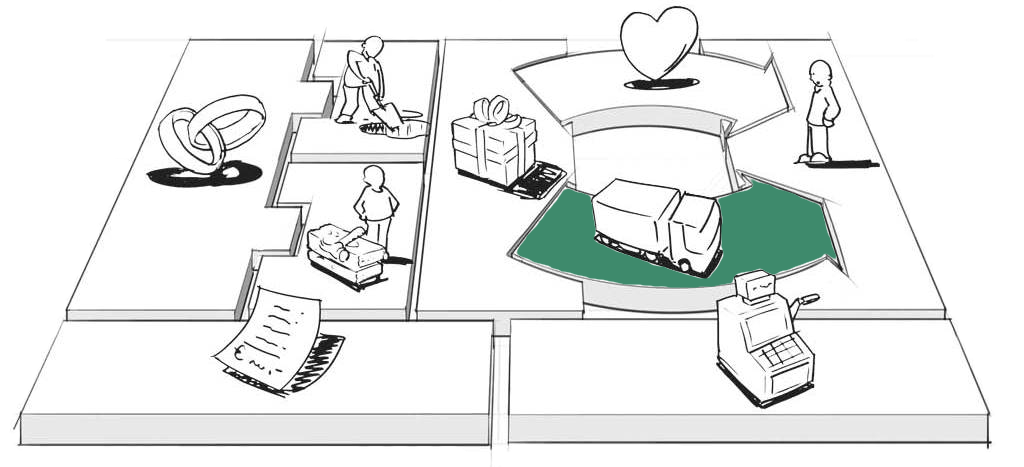A business model is a blueprint for how a business creates, delivers, and captures value. It is a visual representation of the key elements of a business that are essential for its success.
The 9 building blocks of a business model were first introduced Alex Osterwalder in his book, The Business Model Generation. These building blocks are:
- Customer Segments: Who are your target customers? What are their needs and wants?
- Value Proposition: What value do you offer to your customers? How do you solve their problems or meet their needs?
- Channels: How do you reach your customers? How do you get your value proposition in front of them?
- Customer Relationships: How do you build relationships with your customers? How do you keep them coming back?
- Revenue Streams: How do you make money? How do you get paid for your value proposition?
- Key Resources: What resources do you need to execute your business model? These can be physical, financial, or human resources.
- Key Activities: What activities do you need to perform to deliver your value proposition? These can be operational, marketing, or sales activities.
- Key Partnerships: Who are your key partners? How do they help you execute your business model?
- Cost Structure: What are your costs? How do you cover your costs and make a profit?
The 9 building blocks of a business model can be used to analyze existing businesses or to create new business models. By understanding the different building blocks and how they work together, you can create a business model that is both effective and sustainable.

Here are some additional tips for creating a successful business model:
- Start with a clear understanding of your target customers. What are their needs and wants? What problems are they trying to solve?
- Offer a unique value proposition that solves a real problem for your customers. Your value proposition should be clear, compelling, and differentiated from the competition.
- Choose the right channels to reach your customers. The channels you choose should be effective and efficient for reaching your target customers.
- Build strong customer relationships. Customer relationships are essential for long-term success. Make sure you are providing excellent customer service and building relationships with your customers.
- Create multiple revenue streams. No single revenue stream is guaranteed to be sustainable. By creating multiple revenue streams, you can reduce your risk and increase your chances of success.
- Identify and manage your key resources. The key resources you need to execute your business model are essential for your success. Make sure you have a plan for acquiring and managing these resources.
- Perform key activities efficiently. The key activities you perform to deliver your value proposition should be efficient and effective. This will help you reduce your costs and make a profit.
- Build strategic partnerships. Key partnerships can help you improve your business model and achieve your goals. Partner with businesses that can complement your strengths and weaknesses.
- Control your costs. Costs are an important part of any business model. Make sure you understand your costs and are taking steps to control them.
By following these tips, you can create a business model that is both effective and sustainable. The 9 building blocks of a business model provide a framework for understanding how businesses create, deliver, and capture value. By understanding these building blocks, you can create a business model that is aligned with your goals and objectives.
